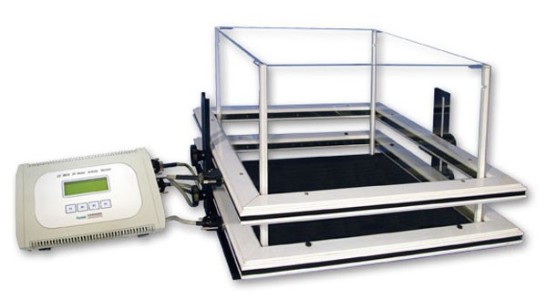Authors
Rémi Legastelois, Béatrice Botia and Mickaël Naassilaa
Lab
Groupe de Recherche sur l’Alcool et les Pharmacodépendances (GRAP), Université de Picardie Jules Verne, Amiens, France
Journal
Journal of Alcoholism & Drug Dependence
Abstract
Ethanol (EtOH)-induced behavioral sensitization (EIBS) is defined as an enhancement of locomotor activity following repeated EtOH exposure and is proposed to reflect an increase in EtOH “wanting”. However, the reliability of the sensitization model in studying addiction is still a matter of debate. One major criticism is that the increase in locomotion occurring during sensitization may be a by-product of tolerance to the ataxic and/or sedative effects of EtOH. We investigated the relationship between EIBS amplitude and sensitivity to EtOH-induced ataxia and sedation after the development of tolerance to EtOH depressant effects in adult female DBA/2J mice. After receiving daily injection of saline or 2 g/kg EtOH during 10 consecutive days to induce EIBS, recovery from acute motor incoordination produced by ethanol (2 g/kg EtOH using rotarod) and from loss of righting reflex (4 g/kg EtOH) was measured. We showed that induction of EtOH sensitization after repeated administration of EtOH is associated with a more rapid recovery from acute motor incoordination and from sedation produced by ethanol when compared to the acute groups, suggesting the development of tolerance to the ataxic and sedative effects of EtOH. However, correlational analyses failed to detect any relationship between EIBS amplitude and the response to EtOH ataxic or sedative effects. Altogether, our results confirm and extend previous data showing a tolerance to the ataxic and sedative properties of EtOH after repeated exposure to EtOH and suggest that this tolerance is not related to the amplitude of EIBS.
BIOSEB Instruments Used
Infrared Actimeter (LE8815)
Source :

 Douleur - Allodynie/Hyperalgésie Thermique
Douleur - Allodynie/Hyperalgésie Thermique Douleur - Spontanée - Déficit de Posture
Douleur - Spontanée - Déficit de Posture Douleur - Allodynie/Hyperalgésie Mécanique
Douleur - Allodynie/Hyperalgésie Mécanique Apprentissage/Mémoire - Attention - Addiction
Apprentissage/Mémoire - Attention - Addiction Physiologie & Recherche Respiratoire
Physiologie & Recherche Respiratoire




































 Douleur
Douleur Système Nerveux Central (SNC)
Système Nerveux Central (SNC)  Neurodégénérescence
Neurodégénérescence Système sensoriel
Système sensoriel Système moteur
Système moteur Troubles de l'humeur
Troubles de l'humeur Autres pathologies
Autres pathologies Système musculaire
Système musculaire Articulations
Articulations Métabolisme
Métabolisme Thématiques transversales
Thématiques transversales Congrès & Meetings
Congrès & Meetings 